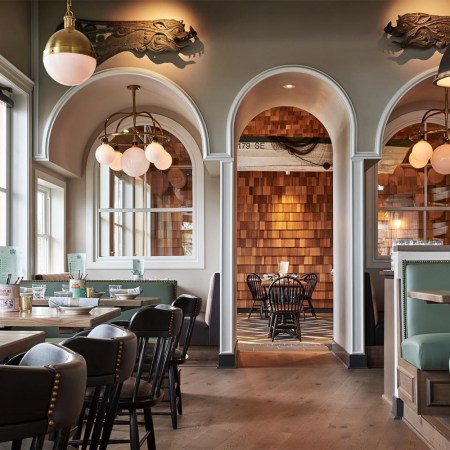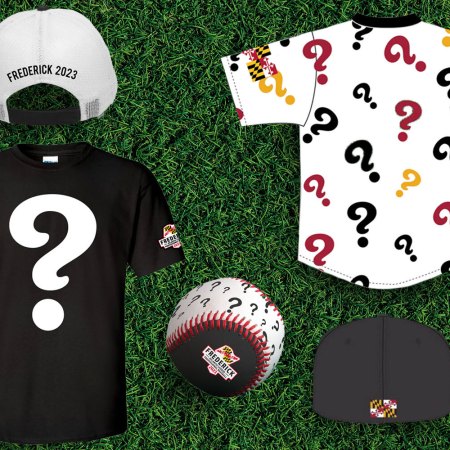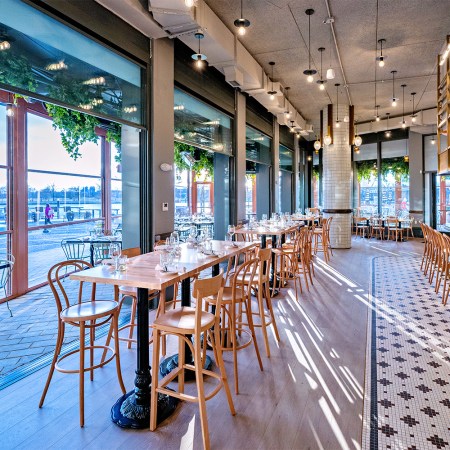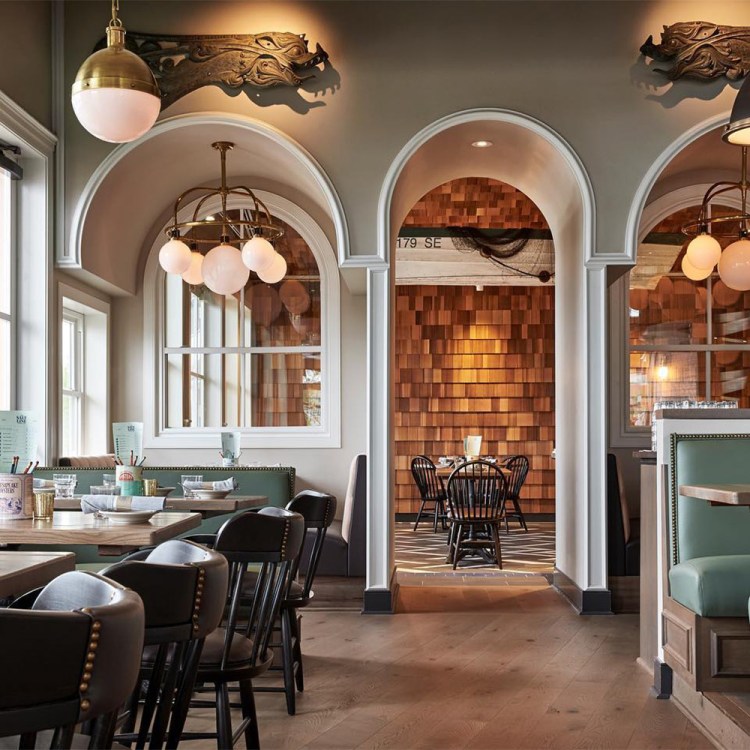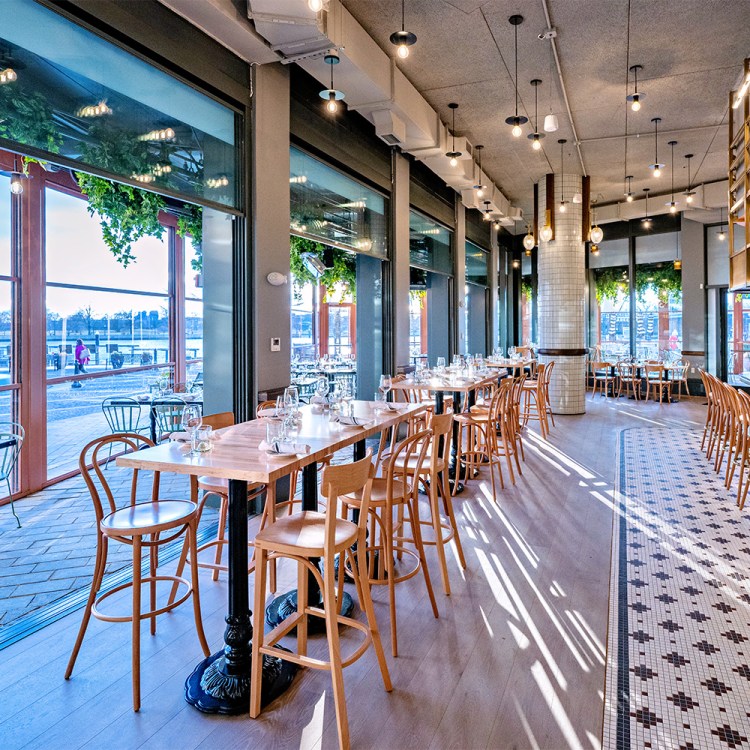Be they pouched, jarred or bottled, to-go cocktails became an essential lifeline for restaurant owners across the country in the past year and change, with 35 states allowing takeaway drink sales, according to the Distilled Spirits Council of the United States. While many have already ended these temporary allowances, DC residents can continue to cheers their Fauci Pouchies: In DC, Virginia and Maryland, they’re here to stay (through July 2022 at minimum, and with some local asterisks).
There is, not surprisingly, a science to the perfect bottled cocktail, which is a different beast from a drink-to-order, says Nick Farrell, spirits director for the Alexandria-based Neighborhood Provisions, which offers a rotating list of bottled cocktails available for pickup and delivery.
“Some drinks just won’t work,” he says. “A classic daiquiri — where unfiltered juice and a good hard shake is incredibly important to the quality of the final product — would be much more difficult to engineer successfully in a bottled cocktail.”

Brian Kominsky, bar manager and beverage director of Lahlou Restaurant Group’s Lupo Pizzeria and Lupo Verde, adds that “for the most part, all of these cocktails have to be citrus-less in order for them to have a longer shelf life.”
It’s no surprise, then, that punches are an exceedingly popular choice of takeaway tipple. The Philanthropic Punch developed by McClellan’s Retreat in Dupont Circle is sold in quarts, with $10 from each purchase going to a different charity every month.
“We started the Philanthropic Punches last month for Pride and chose local charity SMYAL as the recipient,” says general manager Brian Nixon, who notes that the bar is also offering single, pint or quart options of nearly every cocktail on the menu.
“We make sure to give all the information someone would need to recreate the cocktail at home, just as it was in the bar,” he says. “Each label that goes on the bottle tells you if it needs to be shaken or stirred and what garnish or mixer goes with it. They also receive garnishes and usually some other fun surprise with their order.”

Other bartenders, like Andra “AJ” Johnson, managing partner of Serenata DC, take a different approach to at-home garnishing and finishing touches.
“Sending cut fruit and rinds can be a bit tedious and requires another form of packaging, which equals more cost,” she says. “We can’t predict when the customer is going to drink the cocktail.”
Instead, she notes, “We might opt to express the peels right into the cocktail batch to achieve the same level of aromatics on the nose and acidity on the palate.”
Bartenders are also taking a creative look at one cocktail essential: dilution.
“Anything made à la minute is going to take on 25 to 33 percent water content from shaking or stirring over ice,” explains Farrell. “This dilution is integral to the cocktail’s balance.”
In the pouched cocktails at Serenata DC, like the Tiki Guava Daiquiri made in collaboration with Baltimore’s Cane Collective Mixers, Johnson pays special attention to this, ensuring that the drinks are shaken with ice as they would be at the bar before being packaged.
“That way, whatever ice a customer is going to use, it will drink as close to the same way as if it were poured over completely fresh ice at our bar,” she says. “It’s an extra step but it is worth it.”
Farrell takes this a step further.
“While you can certainly dilute with water for bottled cocktails to mimic the final product of a shaken or stirred drink made à la minute,” says Farrell, “the world is your oyster as far as flavored-water dilutions when ice is no longer a necessary component because it’s being kept in the freezer.”
Farrell has fun with this in his HiFi Margarita, which gets its dilution from a house-made hibiscus lemongrass tea. The result is a beautiful pink color and loads more flavor than a classic margarita.
“It’s our best seller for a reason,” says Farrell.
The bright magenta Pitaya Mojito from Las Gemelas, meanwhile, offers “bright flavors that jump right out of the bottle,” according to James Simpson, beverage director for Destination Unknown Restaurants.
“It has a grassy, almost rhum agricole-style feel and goes beautifully with delicate dragonfruit, fresh mint and crushed lime,” he says.
For him, the key to balance with this and other cocktails is simple math.
“In lieu of tasting every single drink, you need consistency only achieved by measuring your ingredients out precisely and determining the correct ABV, brix and dilution,” he says. “I’ve built a complicated spreadsheet to track this, and we all use it constantly to develop new drinks or check recipes.”
Despite the innate difficulties, making cocktails to go also has clear advantages. Kominsky notes he’s “gotten a lot of positive feedback with kits like an Aperol kit, where I’ll set guests up with a pint of Aperol, two oranges, a bottle of prosecco and soda water for a little more of an interactive to-go cocktail experience.”
And Farrell adds that making batch cocktails makes it easier to microdose certain ingredients.
“A couple of drops of something strong in a single cocktail would be very tough to measure in a normal bar setting, where there are any number of things going on around you,” he says. “Made in a larger batch, however, being a couple of drops off might mean you’re using two to three percent more of that ingredient, as opposed to 50 percent more. It’s much easier to be accurate on a larger scale like this.”
For Simpson, the major bonus of offering to-go cocktails is, of course, extending the bar’s reach.
“The dialogue with our guests transpires over social media and outside of our typical service hours more than ever before,” adds Simpson. “Our expanded to-go food and drink program has allowed us to serve guests outside of our dining room and essentially made our restaurant feel a lot bigger.”
“The to-go cocktails are something I continue to pour a lot of love and energy into,” he continues. “We hope it continues!”
This article was featured in the InsideHook DC newsletter. Sign up now for more from the Beltway.

